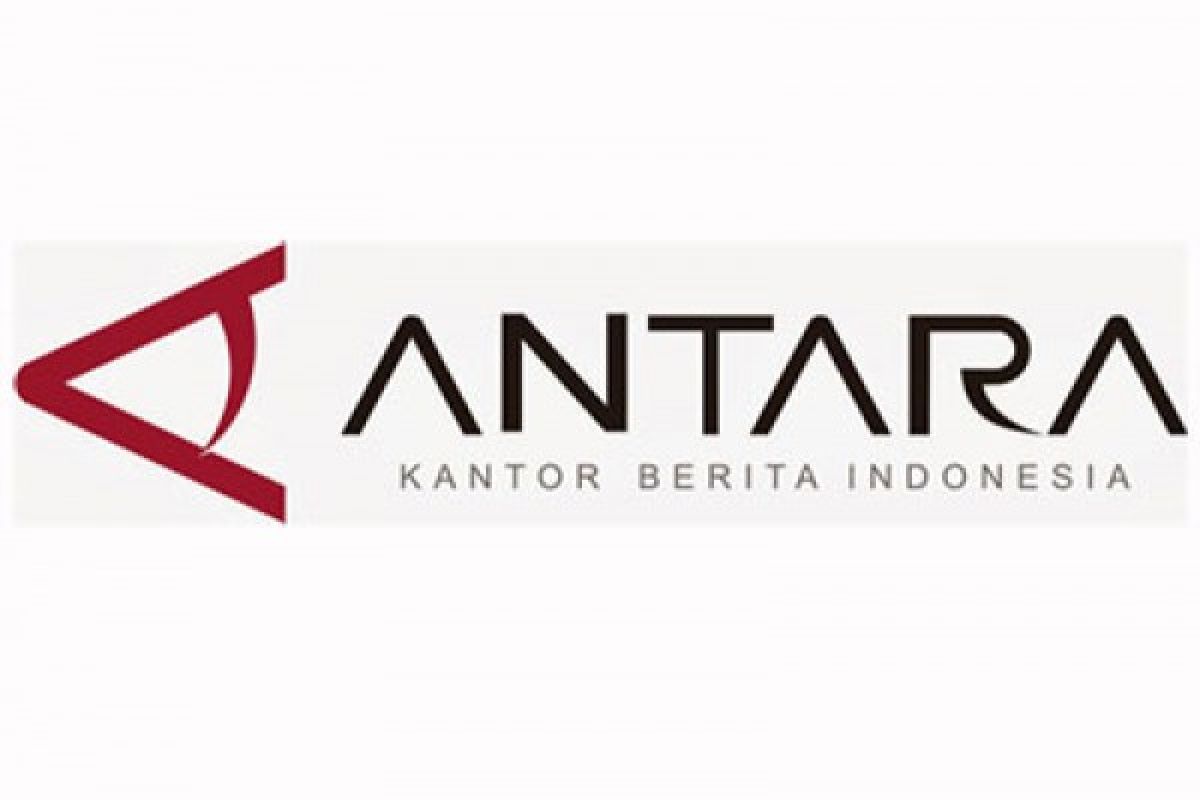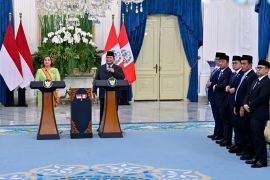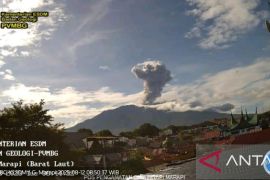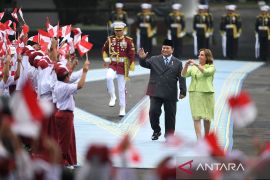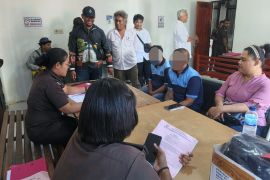The royalty progressive increase rate, which is set at 0.25 percent, is regulated in the draft revision of Government Regulation No. 9 Year of 2012 (PP 9/2012) on the Type and Tariff of Non-Tax State Revenues.
The plan for progressive increase in the royalty rate is in the hands of the Ministry of Finance and the Coordinating Ministry for Economic Affairs to decide. The Ministry of Energy and Mineral Resources (ESDM) has submitted the draft revision of the government regulation to the two ministries, namely the Coordinating Ministry of Economic Affairs and Finance Ministry.
"Now, the draft revision of the law is in the hands of the Finance Ministry and the Coordinating Ministry of Economic Affairs," Bambang Susigit, the director for mineral exploitation affairs of the SDM, was quoted as saying by kontan.co.id news portal on Monday (Dec 4.).
Actually, the government has not yet made public its plan to increase progressively the royalties in the production of gold, silver, and copper, but, it has been revealed to all stakeholders. Therefore, the ESDM leaves the decision on whether the government will go ahead and impose the policy to the Coordinating Ministry and the Finance Ministry.
"We have not yet made it public. Virtually, the plan has been published internally at the ESDM ministry to get response before submitting it to the two ministries," Susigit remarked.
However, the ESDM senior official was still reluctant to disclose the timeframe for the completion of the PP 9/2012 revision. He did not mention the points on the ESDM proposals for the PP/2019 revision.
For example, the 0.25 percent progressive tariff increase will be imposed on the gold commodity if its price reaches US$1,300 per troy ounce. When the price of gold increases by $100 per troy ounce, over the $1,300 per troy ounce level, it will be liable to 0.25 percent royalty increase.
Susigit stated that if the new policy of mining royalties is already imposed, mining contractor companies, which have changed their contract of work (CoW), will also be required to follow the 0.25 percent royalty increase.
"The CoW has the clause, which stipulates that the mining companies should follow the regulation in force. Actually, there is mining product whose price is going down, yet in aggregate term, prices are increasing. Yet, the price now has not yet reached $1,300 per troy ounce. We could not yet predict when it would reach $1,300," he noted.
Recently, the government has issued Government Regulation (PP) No. 1 of 2017, which necessitates mining companies to change their CoW status to a special mining business license (IUPK), if they wish to continue to export concentrates.
However, the government is planning to impose a progressive increase in the royalties in the mining sector, because the prices of a number of mining products such as gold, copper, silver, and coal are on the rise.
Thus, the imposition of the progressive increase in the rate of royalties of gold, copper, and silver production has the potential to increase the state`s non tax-revenues. If prices are rising there will be a 0.25 percent hike in royalties.
According to Susigit, the prices of gold, copper, and silver products tend to increase in future.
With the progressive increase rate of royalties for the three commodities, the state revenues from the three commodities will rise and be maintained at a good level. "It will follow the philosophy that through the system, the government will always reap higher revenues from the price increases," Susigit revealed previously, as quoted by Katadata news portal on Nov. 27.
If the price of gold reaches $1,300 per troy ounce and increases further by $100 per troy ounce to $1,400 per troy ounce, then the government will collect a royalty progressive increase of 0.25 percent. Therefore, each time when there is a $100 increase, there will also be additional increase by 0.25 percent, beginning from the $1,300 level.
However, this will only be applied to gold, copper and silver commodity production. "The new policy will not be imposed on the production of coal mining commodity," he added.
Yet, the ESDM official was reluctant to explain the reason as to why the policy would not be imposed on coal. Based on PP 9/2012, the royalty tariff for mining business permit is 3 percent of the selling price for low-calorie quality (5,100 kilocalories/kilogram), 5 percent for middle quality (5,100 to 6,100 kilocalories/kilogram), and 7 percent of the selling price for high-quality calorie (over 6,100 kilocalories/kilogram).
In the meantime, the royalty rate for coal mining business permits (PKP2B) averages 13.5 percent. In 2014, there was a proposal on the collection of a progressive royalty for coal production, but it was later cancelled.
(A014/INE)
EDITED BY INE/H-YH
Reporter: Andi Abdussalam
Editor: Heru Purwanto
Copyright © ANTARA 2017
